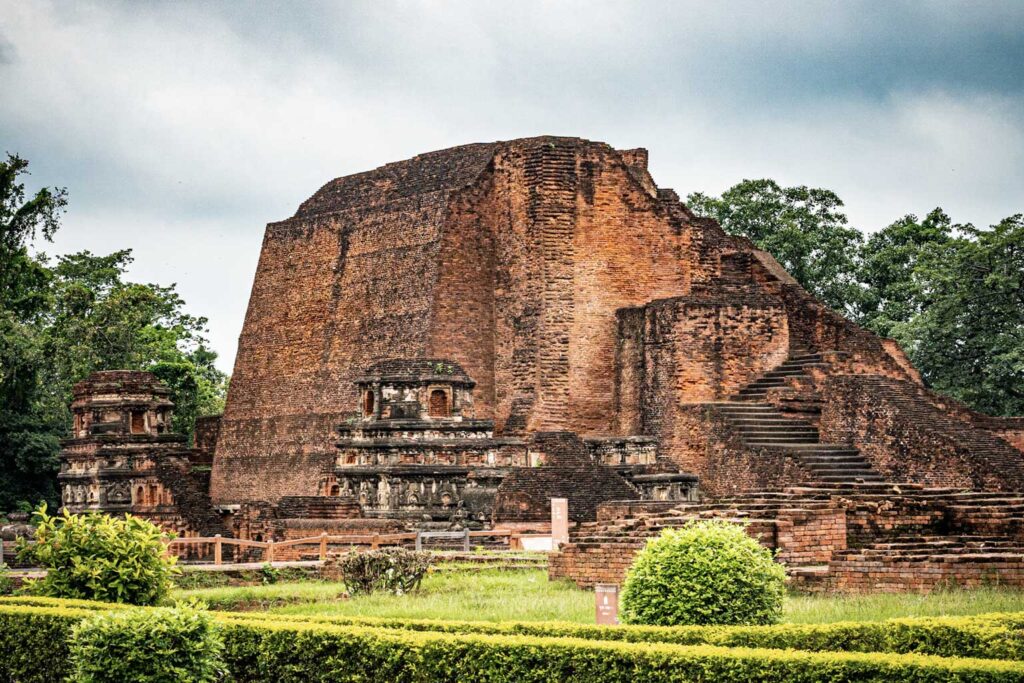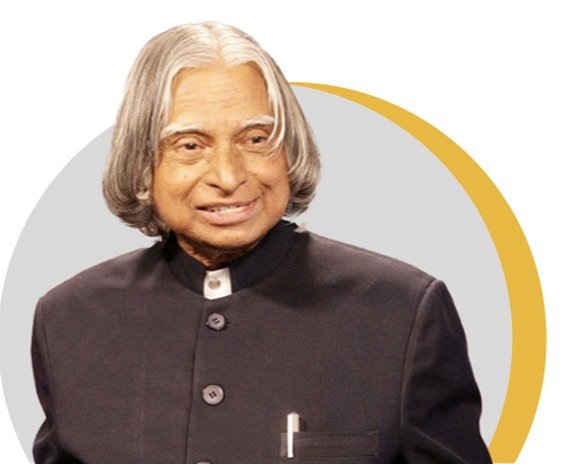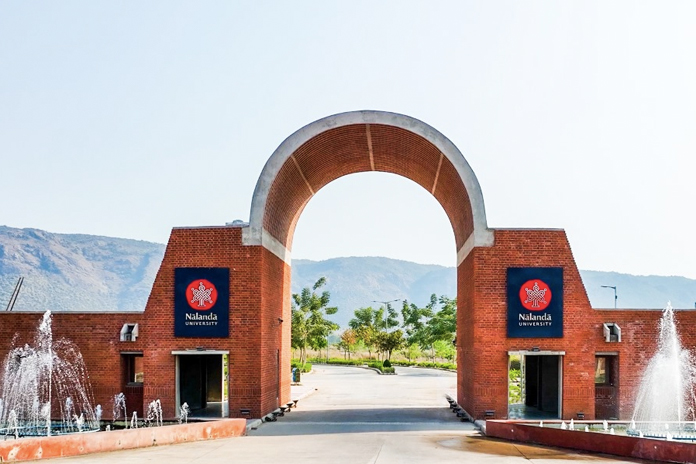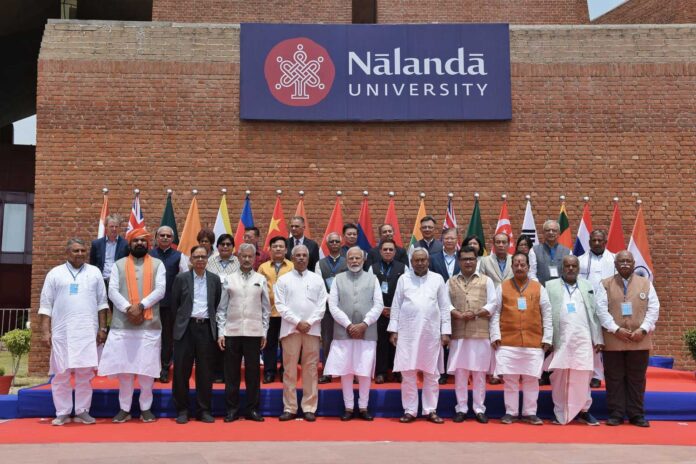Nalanda, one of the greatest centres of learning in the ancient world, breathes a new life today as the new campus of the acclaimed ancient university was inaugurated by Indian Prime Minister Narendra Modi in Rajgir, Bihar. As the world’s first residential university more than 1,600 years ago, Nalanda was renown worldwide for its ancient library, international scholars, rigorous academic disciplines and unique scholastic role in developing and preserving Buddhism as a religion and philosophy.
The university flourished for hundreds of years from 5th century CE in the ancient kingdom of Magadha (present-day Bihar) and amongst its most enduring legacies is the monumental contributions it made to mathematics and astronomy, with Aryabhata, the father of Indian mathematics and the man who invented zero, the most important number in mathematics, teaching at Nalanda in the 6th century CE.
The new campus of the University is located less than 20 kms from the site of ancient Nalanda, which is a UNESCO World Heritage Site. Prime Minister Modi, External Affairs minister S Jaishankar and ambassadors from 17 partner countries, including representatives from ASEAN nations, attended the campus inauguration today along with Bihar governor Rajendra Vishwanath Arlekar and Chief Minister Nitish Kumar. The Prime Minister in his speech has said, “The rebuilding of Nalanda is going to start the golden era of India…Nalanda’s reawakening, this new campus, will give the world an introduction to India’s capability… Nalanda is not just a name, it is an identity and respect. Nalanda is a value and mantra… and today is a very special day for our education sector.”
Nalanda Mahavira : the Great Monastery

Founded in the 5th century CE, Nalanda was amongst the most prominent and large universities of the ancient world. It had an impressive staff of 2,000 teachers and 10,000 students from far-flung regions such as China, Korea, Japan, Tibet, Mongolia, Sri Lanka, and Southeast Asia. The architectural grandeur of ancient Nalanda was world renown with the university’s library, ‘Dharma Gunj’, or the ‘Mountain of Truth’, hosting a treasure trove of nine million handwritten palm-leaf manuscripts and the world’s richest repository of Buddhist knowledge.
Though the exact age of the university is still not known to the historians, Nalanda reached its golden peak during the reign of the Pala dynasty in the 8th and 9th centuries CE. Subjects such as medicine, ancient Indian medical system Ayurveda, religion, Buddhism, mathematics, grammar, astronomy and Indian philosophy were taught and the university flourished for at least 800 years, before it was set ablaze in 1190 CE by Bakhtiyar Khilji, a Turko-Afghan military general who invaded medieval India. The campus blaze reportedly raged for three months, reducing millions of priceless ancient manuscripts to ashes.
With the great burning, ruins of ancient Nalanda were lost to time and were only re-discovered six centuries later, in 1812 by Scottish surveyor Francis Buchanan-Hamilton and later identified as the ancient university by Sir Alexander Cunningham in 1861. The few manuscripts, which survived the medieval destruction, are now safeguarded in the Los Angeles County Museum of Art and the Yarlung Museum in Tibet.
Revival of Nalanda University

Revival of Nalanda began with the vision of former Indian president Dr APJ Abdul Kalam, who in 2006 proposed the re-establishment of the university during a session of the Bihar State Legislative Assembly. The idea found strong national support in India and was further discussed at the second East Asia Summit held in the Philippines in 2007, with all delegates whole-heartedly supporting the proposal. A new university was envisioned as a partnership between India and the East Asia Summit (EAS) countries, following which the Nalanda University Bill was passed in a special act of the Indian Parliament in 2010.
In 2014, the new university began operating from a temporary location with just 14 students. The temporary location at the International Convention Centre in Rajgir, 10 km from ancient Nalanda, was inaugurated in September 2014 by the then-external affairs minister Sushma Swaraj. Former president Pranab Mukherjee laid the foundation stone for the permanent campus in Pilkhi village in Rajgir in 2016 and the construction on the new campus started in 2017.
The government provided 455 acres for the university and designated it as a national institution.
The New Nalanda University Campus

The new campus is located near ancient Nalanda and has two academic blocks containing 40 classrooms, with a combined seating capacity of approximately 1,900. It also features two auditoriums, each accommodating 300 seats and a student hostel that can house around 550 students.
The campus is a ‘Net Zero’ Green Campus, designed to be self-sustaining with solar power installations, domestic and drinking water treatment facilities, a water recycling plant for reusing wastewater, 100 acres of water bodies, and numerous other eco-friendly amenities. The architecture is a blend of modern and ancient designs offering various facilities including an international centre, an amphitheatre with a capacity for 2,000 people, a faculty club, and a sports complex.
Besides India, a total of 17 countries have signed MoUs to support the Nalanda University. These nations include Brunei Darussalam, Cambodia, New Zealand, Portugal, Australia, Bangladesh, Bhutan, Singapore, South Korea, Indonesia, Laos, Mauritius, Sri Lanka, Thailand, China, Myanmar, and Vietnam.
The university offers 137 scholarships to international students. It comprises six schools: the School of Buddhist Studies, Philosophy & Comparative Religions, Historical Studies, Ecology and Environmental Studies, and Sustainable Development and Management.
International students enrolled in the Postgraduate programs for the academic years 2022-24, 2023-25, and the PhD program for 2023-27 come from a diverse array of countries, including Argentina, Bangladesh, Bhutan, Cambodia, Ghana, Indonesia, Kenya, Laos, Liberia, Myanmar, Mozambique, Nepal, Nigeria, Republic of Congo, South Sudan, Sri Lanka, Serbia, Sierra Leone, Thailand, Turkey, Uganda, USA, Vietnam, and Zimbabwe.
With India boasting one of the world’s largest and most diligent education and academic systems, the revival of Nalanda is being celebrated across the country and the world with much enthusiasm. As a nation that has given the world the number Zero (0) and the concept of infinity, along with some of the earliest coded environmental and animal protection laws, modern Nalanda offers a beacon of new hope, personifying the ancient Indian mantra of Vasudhaiva Kutumbakam: the world is one family.










